Removing the infrastructure bottleneck - one of the major bottlenecks holding back the country's development - is being urgently implemented to transform the state.
On the morning of October 18, 2025, at the fourth National Conference on promoting public investment disbursement, Prime Minister Pham Minh Chinh looked straight at the figure of 50.7% and said: "This is not just a rate, but a measure of the management capacity, discipline and sense of responsibility of the system."
That statement sums up the current situation: Vietnam is investing more in infrastructure than ever before – but with that comes concerns about disbursement speed and investment efficiency.
There has never been a term in which total public investment capital has reached VND3.4 quadrillion, an increase of nearly 55% compared to the previous period. In 2025, total social investment capital is estimated to reach 33.2% of GDP, and the 2026 plan is aiming for 40% of GDP - a rare high level even for fast-growing economies in the region.
The extended expressways – 3,245 km completed, exceeding the target of 3,000 km; coastal routes of 1,711 km; Long Thanh airport, Tan Son Nhat T3 terminal, international transit ports – all together kick-start an “infrastructure decade”.
Therefore, the Prime Minister emphasized: "We must talk less and do more; clearly identify people, clearly identify work, clearly identify responsibilities."

By mid-October 2025, the disbursement rate of public investment capital nationwide only reached 50.7% of the plan, equivalent to about 455 trillion VND. Photo: Nguyen Hue
The golden years of infrastructure development
In the 5 years 2021-2025, Vietnam has allocated more than 3.4 quadrillion VND in public investment capital - an increase of 55% compared to the previous term, although the number of projects has decreased from more than 11,000 to 4,600. That is, investment is no longer spread out, but more concentrated, larger in scale and aiming for higher spillover.
Total social investment capital accounts for 33.2% of GDP in 2025, meeting the Government's target (32-34%), and is expected to increase to 40% of GDP in 2026 - the highest rate in fiscal history and Southeast Asia today.
Vietnam's infrastructure development speed during this period can be considered a "leap forward" to "change state".
If by 2020, the whole country had only 1,163 km of highway, then by the end of 2025 that number will be 3,245 km - nearly 3 times. The coastal road is 1,711 km long, exceeding the plan by 1,700 km. Long Thanh International Airport phase 1 has basically been completed; Tan Son Nhat T3 terminal, Noi Bai T2 terminal, Cat Bi, Phu Bai have all been expanded; Cat Linh - Ha Dong, Nhon - Hanoi Railway Station, Ben Thanh - Suoi Tien metro lines are operating in turn.
Vietnam’s infrastructure picture today can be summed up in two words: “simultaneously”. 80 major projects worth 445 trillion VND and 250 typical works with a total capital of 1.28 quadrillion VND were started or inaugurated in 2025 – numbers that clearly demonstrate the determination to “breakthrough in infrastructure” as one of the three strategic steps.
Disbursement is still the weak link
By mid-October 2025, the disbursement rate of public investment capital nationwide only reached 50.7% of the plan, equivalent to about 455 trillion VND.
It is worth mentioning that this is the fourth consecutive year the Government has had to hold a national conference on promoting disbursement – and also the fourth year repeating the message: “There is money, there are projects, but it is still slow.”
29 ministries, central agencies and 18 localities have disbursement rates lower than the national average; many key projects are still stuck with land, procedures, and even… a fear of responsibility.
Prime Minister Pham Minh Chinh said bluntly: "There is no reason for money to stay in the treasury while people and businesses are thirsty for capital."
Slow disbursement while money is already in the treasury not only delays the progress of the project, but also eliminates the growth momentum of the entire economy. In a country where public investment accounts for more than 1/3 of total social investment, each percentage point of slow disbursement is equivalent to tens of thousands of billions of dong "lying dead" in the treasury while still having to pay interest on loans.
The World Bank commented: Vietnam's public investment in the 2019-2024 period averaged 6.4% of GDP, higher than Thailand and Indonesia (5%), but investment assets per capita were still lower due to low investment efficiency.
The actual disbursement rate is only below 80%, and the output quality of many projects is "not commensurate with the amount of capital invested".
In other words, we are running fast in scale, but still slow in efficiency – because the enforcement institutions have not caught up with the speed of decision-making.
Mega projects to “transform the state”
Upcoming projects – the upcoming “mega-projects” – will shape Vietnam’s economic landscape for decades.
According to the 2026-2030 plan, Vietnam will start construction on the North-South high-speed railway worth about 67 billion USD, the Lao Cai-Hanoi-Hai Phong railway project worth more than 8 billion USD, along with strategic infrastructure projects such as Can Gio, Lien Chieu, Hon Khoai international transit ports, Gia Binh airport, expansion of Phu Quoc, Chu Lai, Ca Mau airports, and a series of wind power - gas power projects according to Power Plan VIII.
These are large-scale projects, but they are also a tough test of fiscal capacity. With the total social investment capital expected to reach 40% of GDP by 2026, Vietnam is approaching the safe limit of public investment spending.
The World Bank warns that as investment volumes increase rapidly, risks of borrowing costs, debt servicing capacity and delays will increase. In many developing countries, the rapid expansion of public investment without effective control often leads to “formal growth” – GDP increases, but total factor productivity (TFP) does not improve, public assets rapidly deteriorate, and public debt burden increases.
In the current growth model, infrastructure is still the “traditional engine” – pulling investment, employment and consumption. But if we only rely on public investment without improving institutions, that engine will soon “lose oil and overheat”.
World Bank studies show that every 1% increase in GDP from public investment can only generate 1.5% medium-term growth – provided that investment efficiency is guaranteed. If efficiency is low, the spillover effect will quickly be eliminated.
Therefore, “infrastructure breakthrough” is only truly meaningful when accompanied by institutional breakthrough. It requires a completely different investment cycle – from planning, approval, disbursement to monitoring and evaluation – all digitized, public and linked to personal responsibility.
It is necessary to synchronously amend the Law on Public Investment, the Law on Bidding, the Law on PPP, build a unified national investment portfolio, avoid duplication, avoid the "project request" mechanism, and shift the focus of supervision from "correct procedures" to "output efficiency".
The government has identified infrastructure as one of three strategic breakthroughs, and is on the right track: focused investment, reduced dispersion, and regional connectivity. A route is only truly open when procedures are simplified, responsibilities are clearly defined, and capital flows like healthy blood vessels of the economy.
As highways are completed, high-speed railways are launched, and mega-projects of energy and seaports are gradually taking shape, Vietnam is opening a new chapter of development. But these mega-projects require organizational capacity, supervision, and determination from those who implement them.
Vietnamnet.vn
Source: https://vietnamnet.vn/nhung-nam-thang-vang-de-go-nut-that-ha-tang-2454628.html


![[Photo] Prime Minister Pham Minh Chinh meets with Speaker of the Hungarian National Assembly Kover Laszlo](https://vphoto.vietnam.vn/thumb/1200x675/vietnam/resource/IMAGE/2025/10/20/1760970413415_dsc-8111-jpg.webp)
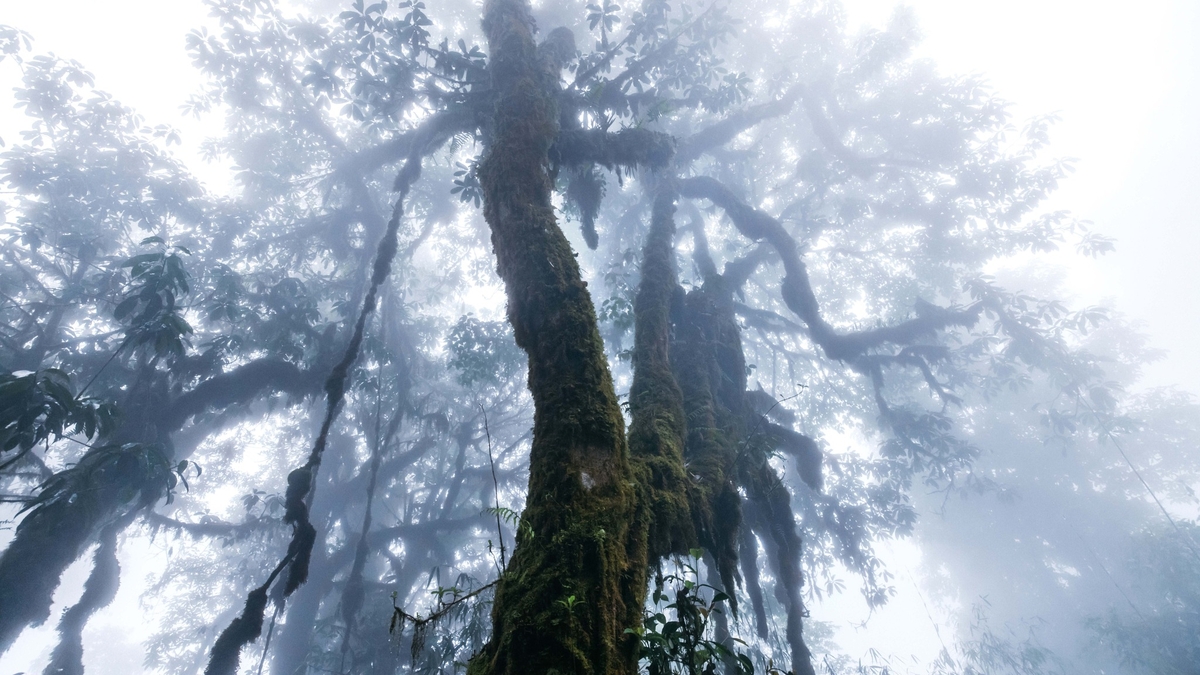
![[Photo] Prime Minister Pham Minh Chinh received Mr. Yamamoto Ichita, Governor of Gunma Province (Japan)](https://vphoto.vietnam.vn/thumb/1200x675/vietnam/resource/IMAGE/2025/10/21/1761032833411_dsc-8867-jpg.webp)
![[Photo] Da Nang residents "hunt for photos" of big waves at the mouth of the Han River](https://vphoto.vietnam.vn/thumb/1200x675/vietnam/resource/IMAGE/2025/10/21/1761043632309_ndo_br_11-jpg.webp)

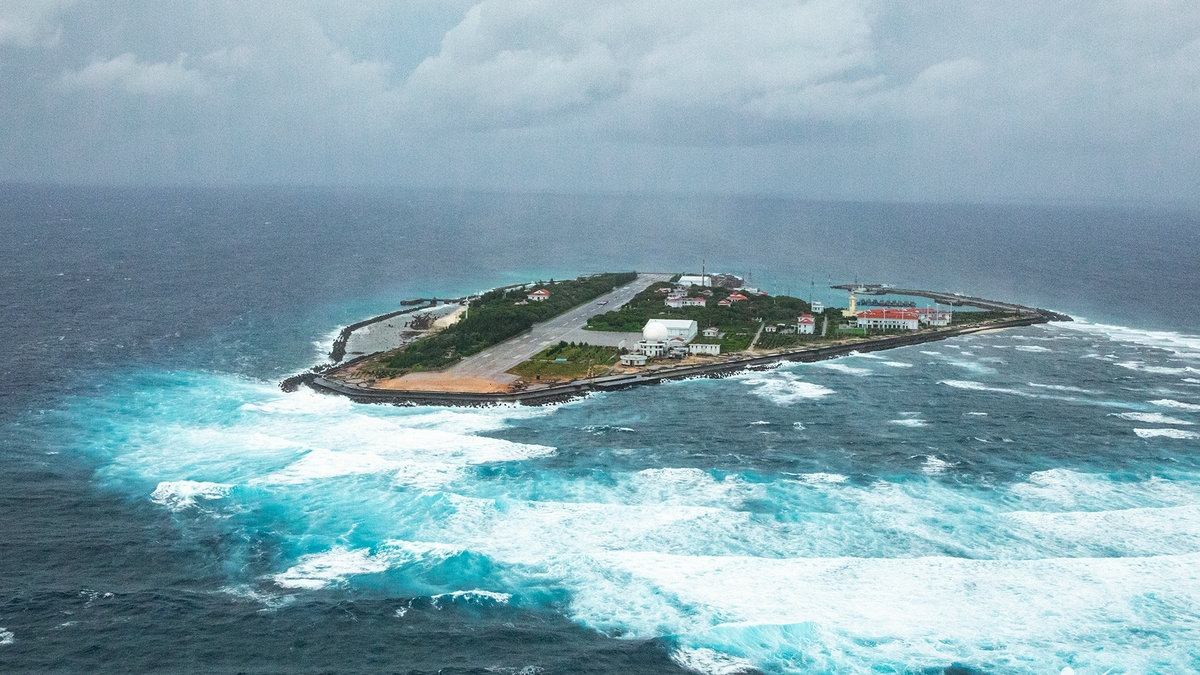
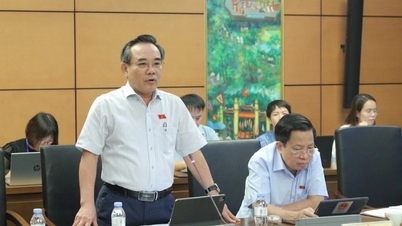

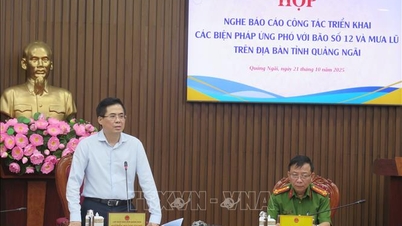

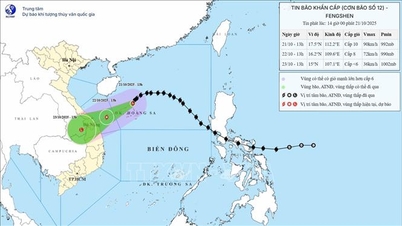
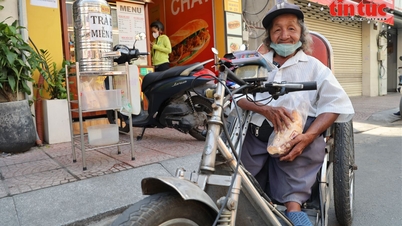
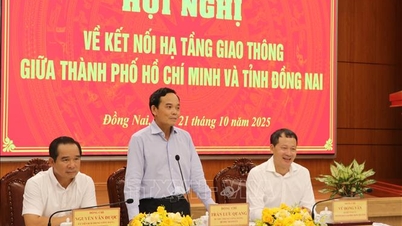
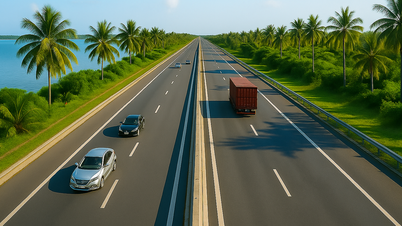





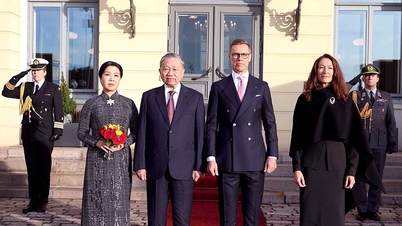








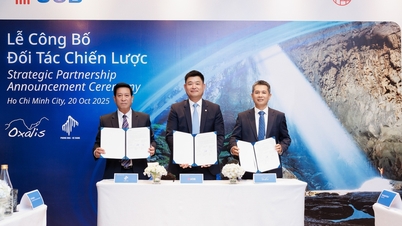



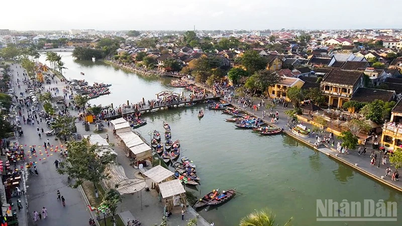





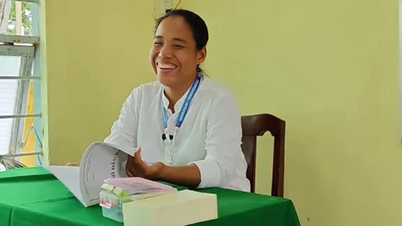
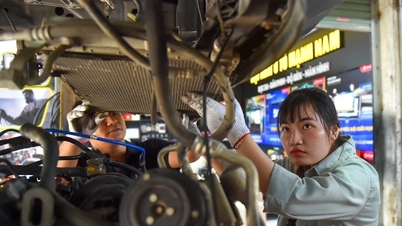

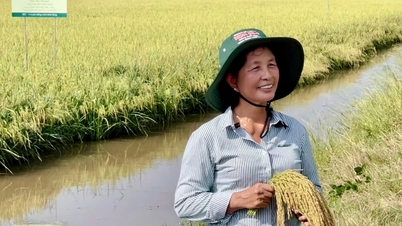







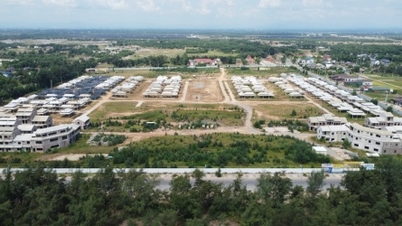











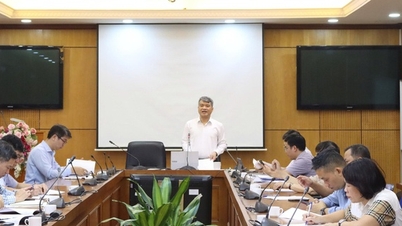
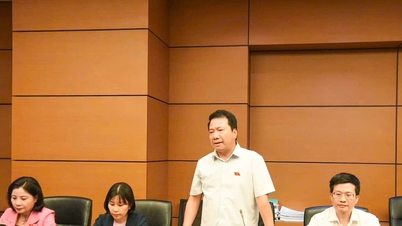

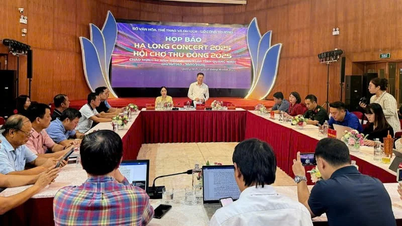
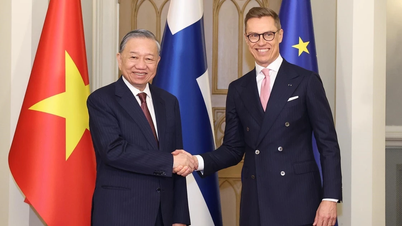




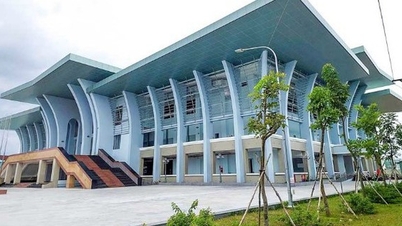



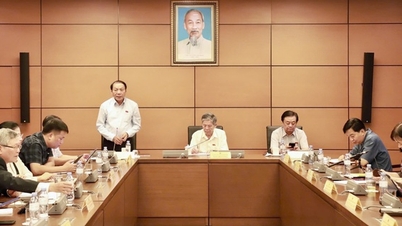
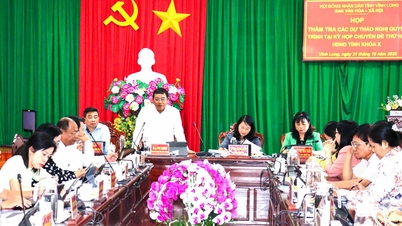





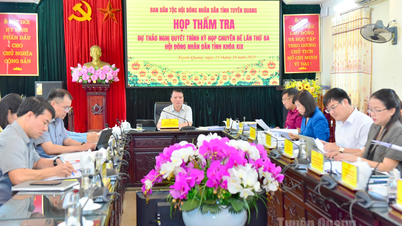

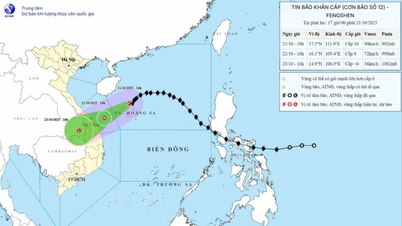

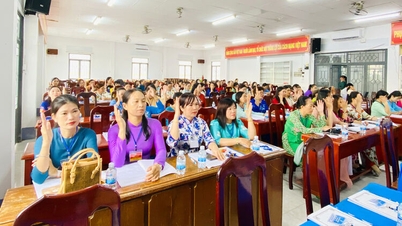














Comment (0)